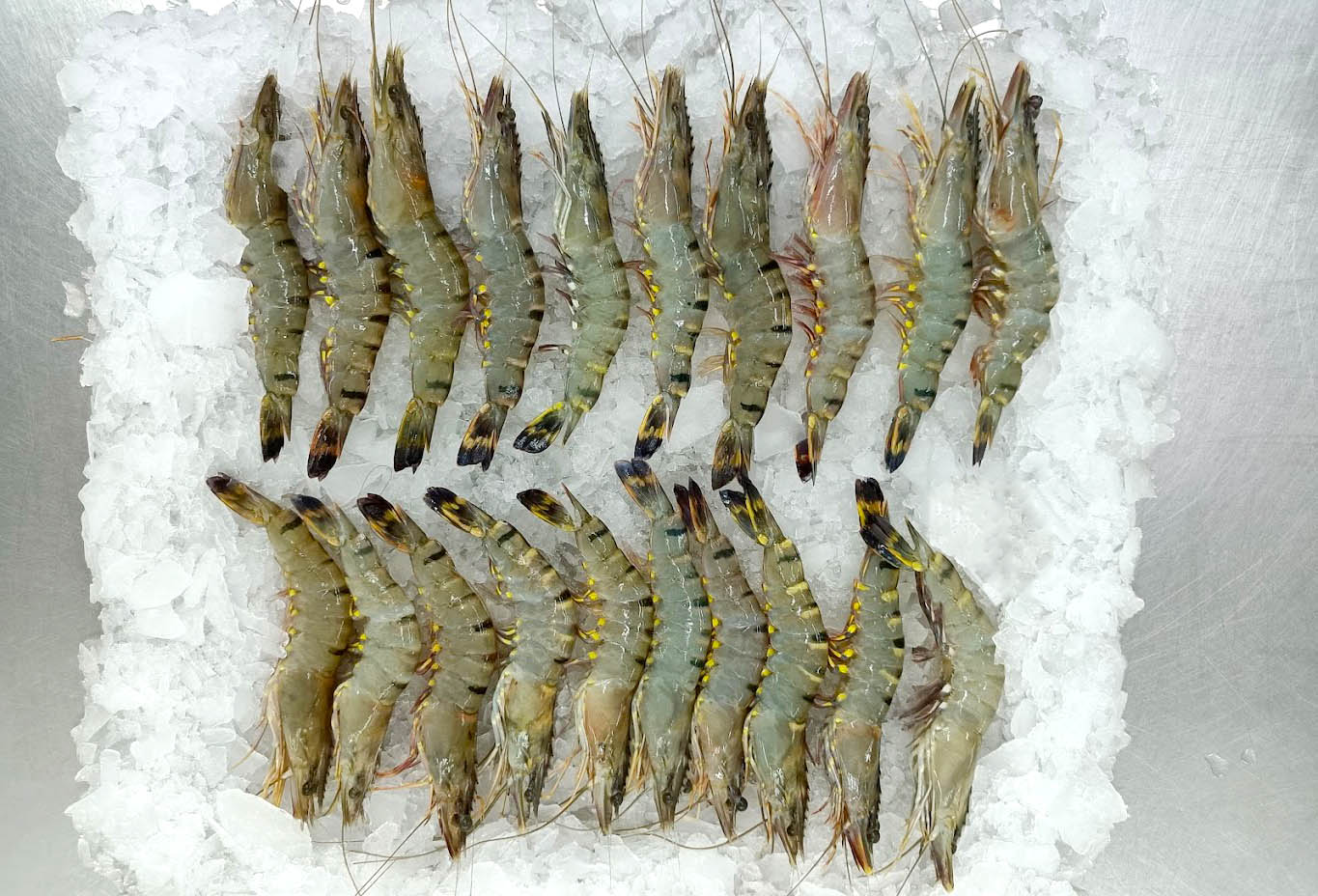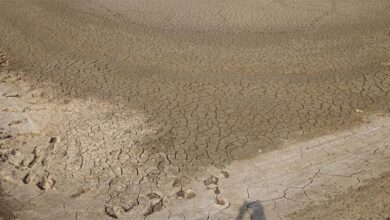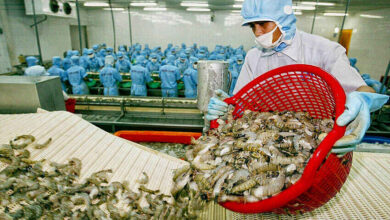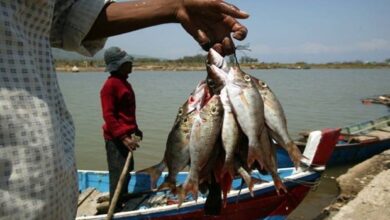Frozen shrimps are the staple export item for the Khulna region or southern part of the country. Khulna division (Khulna, Satkhira, Bagerhat) accounts about 90% of the total shrimp exports of the Bangladesh.
In FY 2021-22, according to the Khulna Fish Inspection and Quality Control (KFIQC) office’s statement, this region exported 24,104 tons of Bagda shrimp (P. Monodon) and Galda shrimp (M. Rosenbergii), valued at US $30,71,27,717.
However, in FY2022-23, the export income declined by US $8,78,33,102 as only 19,904 tons of shrimp, worth US $21,92,94,615, were exported from the region representing 28% drop by value.
There has been a consecutive decline in the shrimp export for Bangladesh since 2014, but it was ramped up again in the fiscal year of 2021-22. Though, this can be explained as the Covid-19 lockdowns were relaxed in EU countries and people were visiting restaurants after a while and that’s what created the demand spike in the exports. Bangladeshi shrimp exporters had unsold inventory as well.
Exporters fetched US $532.94 million by shipping frozen and live fish abroad in FY 2021-22, posting growth of 12% year-on-year from US $477 million than earlier year, according to data from the Export Promotion Bureau (EPB) of Bangladesh.
Shrimp accounts for most of the total exports of the fisheries sector. According to the data from the ministry, 74,042 tons of frozen and live fish were exported in the 2021-2022 financial year, of which 30,571 tons were shrimp.
In other words, out of the total export earnings of US $532.94 million of FY21-22, shrimp alone earned US $407.25 million. Considering the previous year exports trend, Export Promotion Bureau (EPB) of Bangladesh had set US $500 million export target for the frozen shrimp alone in FY 22-23.
Though, by the end of the FY22-23, the shrimp export is lagging behind 39% from the EBP’s target and it has dropped 26.27% from the FY21-22.
Last five years shrimp export scenario from Khulna, Bangladesh
| Fiscal Year | Exports in Ton | Earnings in US$ |
| 2022-2023 | 19,908 | 21,92,94,615 |
| 2021-2022 | 24,108 | 30,71,27,717 |
| 2020-2021 | 23,367 | 24,22,20,701 |
| 2019-2020 | 23,068 | 26,63,35,172 |
| 2018-2019 | 24,413 | 27,13,97,021 |
Shrimp production plays a vital role in the Khulna region’s economy, but the industry has faced many challenges in recent years. Shrimp sector has been affected by an array of factors such as the global recession resulting in lagging competition and shrimp price fall drastically in the foreign markets, reputation loss due to unchecked adulteration, and consecutive natural disasters, resulting in a significant decline in exports.
Various local issues, including severe scarcity of quality shrimp fry, weak farm management and lack of structural development, virus outbreak leading to death of stocks in many farms, natural calamities like cyclone, drought and floods, price hikes in shrimp fry and falling shrimp prices in the market, have also put shrimp farmers in distress and unfavorable situation, leading to reduced production.
Additionally, a decline in shrimp enclosures due to limited access to saltwater, lack of credit facilities have further impacted shrimp farmers’ interest in the industry.
Furthermore, increasing popularity of Vannamei shrimp in the European-American market has diverted attention from the country’s black tiger shrimp exports, exacerbating the situation. Shrimp farmers are finding it challenging to turn a profit, considering rising costs of fries, feed, labor, and transportation.
One of the Directors of BFFEA, MA Hasan Panna, emphasizes the importance of supporting shrimp farmers and providing financial aid if necessary, as the shrimp farming industry is a significant part of the southern region’s economy.
Khulna District Fisheries Officer Joydeb Paul suggests coordinated action by different departments, including the Water Development Board, Fisheries Department, and local administrations, to address the challenges faced by shrimp farmers.
To enhance shrimp production and export, the fisheries department is training farmers in modern shrimp cultivation methods to reduce production costs and increase output in Bangladesh.
There have been many schemes or aiding projects taken by govt, national or international NGOs over the years. Unfortunately, the course of Bangladesh’s shrimp industry hasn’t changed. Since 2014, shrimp production is decreasing at about 6-8% rate yearly. Where’s the end of this downfall, is it entirely to blame the “fate” or the whole industry is doing the same thing in the exact same way while expecting different results.





